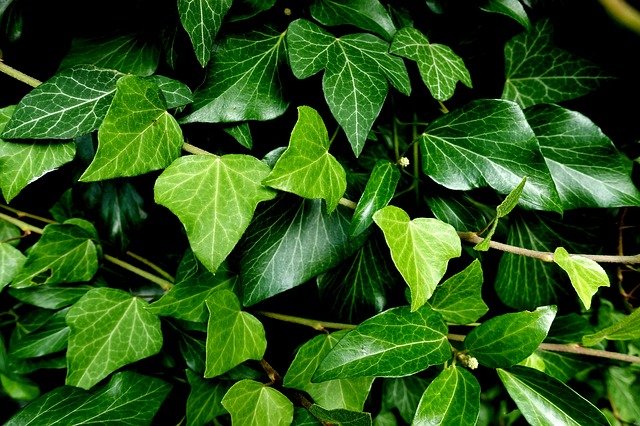
The homeopathic remedy Rhus toxicodendron is obtained from the leaves of poison ivy collected before the plant blooms – a period in which the poison is stronger – and then reduced to pulp. Rhus toxicodendron in Homeopathy is mainly used in the treatment of rheumatic and skin disorders.
Poison ivy: features of the plant
Poison ivy, also called poisonous sumac, is a shrub of the Anacardiaceae family that grows throughout Canada, the United States and Japan.
Despite the name has nothing to do with common ivy (Hedera helix); instead, it contains an irritating latex toxic to the skin that causes allergic contact dermatitis with effects often of a certain severity.
It is a seedling (shrub or creeper) that can reach up to 120 cm in height. The leaves are trifoliate compounds (that is, they grow in groups of three), the upper leaf page is bright green while the lower one is slightly pubescent, of a lighter shade of green. Its flowers are dioecious, sometimes androgynous, pedunculated and white-green in color.
This plant prefers rocky soils with good humidity and grows below 1500 meters above sea level.
In the Mother Tincture there are:
- a gallic tannin;
- a flavonoid, fisetin, with anti-inflammatory properties;
- phenolic derivatives probably responsible for vesicular and itchy rashes due to an immune-allergic mechanism.
Do you want to know some curiosities about this toxic plant?
The poisonous ivy is also known by the name of “climber’s nettle“, since – growing on the cliffs – there are numerous climbers who come across its poisonous leaves reporting serious skin reactions. Californians learn about it with the rhyme “Leaves of three, let it be”.
In addition, although highly toxic to humans, there are several animal species that feed on poison ivy without experiencing its effects. In fact, the plant is part of the diet of animals such as deer and birds. For pets (dogs and cats), as for humans, however, it is poisonous both by contact and by ingestion.
Rhus toxicodendron: Homeopathic remedy
The history of this remedy is very long: during the 1700s a doctor noticed that a patient intoxicated by poison ivy had recovered from a herpes on his wrist. From here poison ivy began to be used both in orthodox medicine (for rheumatism) and in Homeopathic Medicine.
To give life to the homeopathic remedy the leaves are harvested before the plant blooms, when it is thought that the poison is stronger, and reduced to pulp.
Homeopathic remedy is mainly used in the following cases:
- skin diseases: bullous and vesicular rashes (cold sores and genital), often accompanied by skin rash and painful edema;
- joint disorders: joint sprains, rheumatic disorders, neuritis, muscular, articular rheumatism and degenerative intervertebral disc syndrome;
- muscle and joint fatigue;
- after-effects of bruises, trauma or sprains;
- aqueous, mucous and blood diarrheal discharges;
- psychomotor restlessness or feeling lightheaded;
- complications from abdominal cooling;
- intense feeling of stretching or widespread tearing in the limbs and joints;
- restlessness with urgent need to move;
- cooling diseases;
- conjunctivitis with eyelid edema with purulent secretion with rheumatic etiology;
- abundant, prolonged or close menstruation.
Rheumatic disorders and homeopathy
Rhus toxicodendron is a homeopathic remedy useful in case of rheumatic disorders. When we talk about rheumatism we refer to a series of connective tissue diseases that affect bones, muscles and joints.
Rheumatic diseases have various classifications depending on the type and can be:
- inflammatory (for example, rheumatic fever, ankylosing spondylitis, rheumatoid arthritis);
- degenerative (arthrosis).
There are a number of risk factors that affect such as sedentary life, overweight, incorrect posture, metabolic alterations. A very important and too often underestimated aspect is the psychogenic cause. The main symptoms of rheumatism are pain (localized or “migrant”) and swelling. Redness and heat may also occur on the affected area.
Rhus Toxicodendron is useful when painful symptoms are localized to the tendons and ligaments, especially when symptomatic aggravation is present after immobility.
The constitutional type Rhus Toxicodendron

Rhus Toxicodendron types are cordial, lively, playful, sharp and good company subjects, although they are initially a bit shy. They are serious subjects, who work hard, and very motivated. If they suffer from an illness for a long time, they feel an internal restlessness that makes them irritable, frustrated, depressed and disheartened.






